iPhone 14 Pro camera: What does it mean for photographers?
There's a chonky camera bump on the iPhone 14 Pro for good reason.
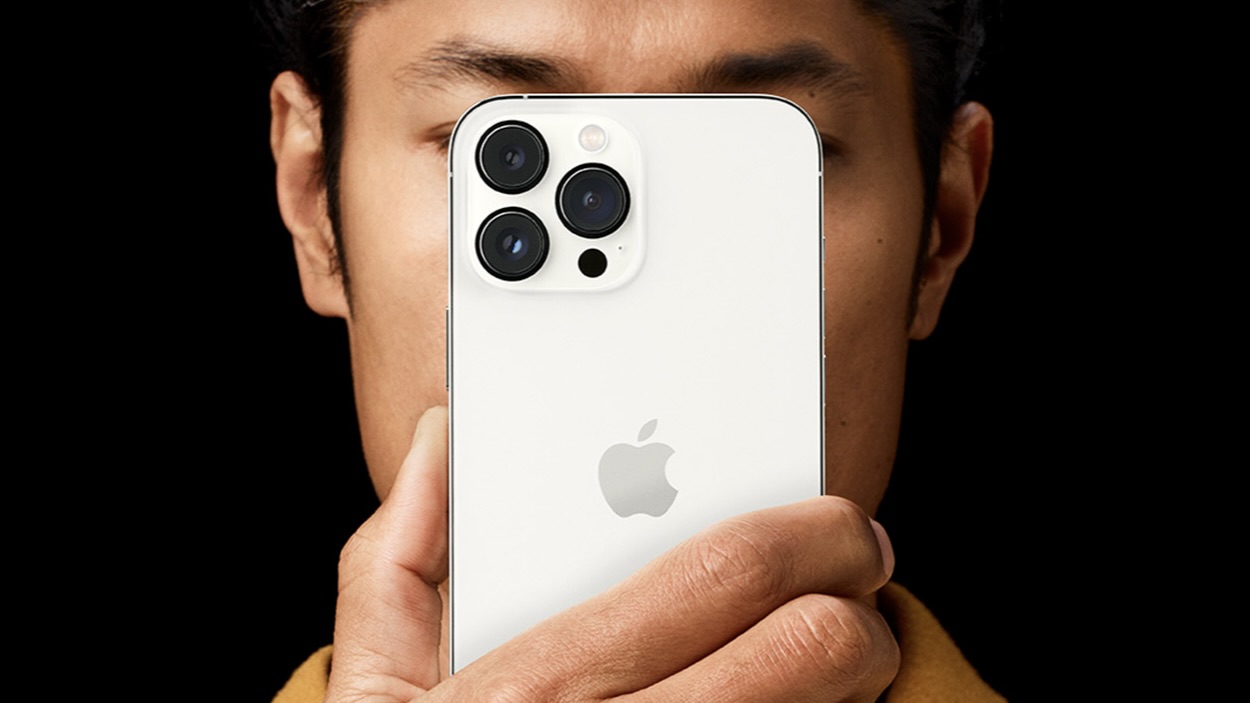
Apple's iPhone 14 Pro has a very impressive camera. In fact, it has four. The front-facing camera for facetime is complemented by a rear trio of Ultra Wide, Telephoto, and Main lenses, the latter boasting a staggering 48MP resolution, 4x more than the previous iPhone 13 Pro.
Here is a breakdown of what all of the new camera features mean if you get the iPhone 14 Pro, which is definitely the best iPhone yet.
iPhone 14 Pro goes to 48 megapixels with larger sensors
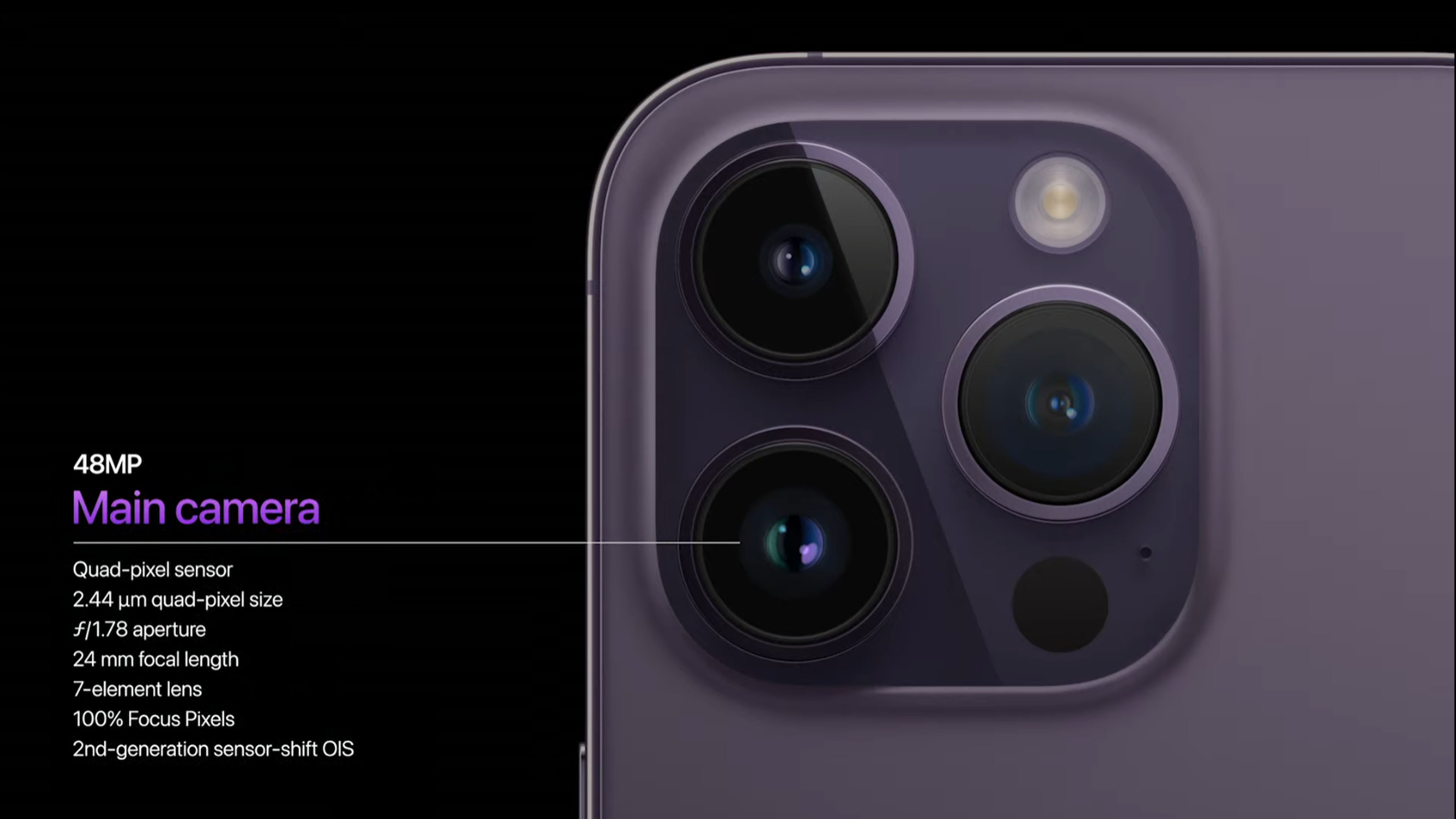
The iPhone 14 Pro quadruples the camera of iPhone 13 Pro and the regular iPhone 14 with a 48MP sensor for four times the resolution.
Generally, the megapixel count doesn’t mean a lot, which could be why Apple remained at 12MP for a very long time. However, it does matter if you plan on printing or even cropping photos because you don’t want to lose the overall sharpness. With 48MP, your photos will have 4x the resolution of the previous iteration, even when compared to the standard iPhone 14 lineup. When you combine this with Apple’s ProRAW format, you will retain more detail in the image, including any crops, since the sensors will leverage every individual pixel in the photo. With the machine learning capabilities of iOS 16, your photos should be sharper, have less noise, and more detail — all of which you have full control over when editing in ProRAW.
The sensors are also 65% larger than the iPhone 13 Pro (hence why the camera bump is bigger). The quad-pixel sensor on the 48MP Main camera will now adapt to what you’re shooting in order to make the most of all of the megapixels. The quad-pixel sensor means it groups together four pixels into a singular quad-pixel, which means 4x more light is captured. This equates to optimal photos in well-lit situations, but low-light environments should also turn out great.
Improved Telephoto optical zoom range
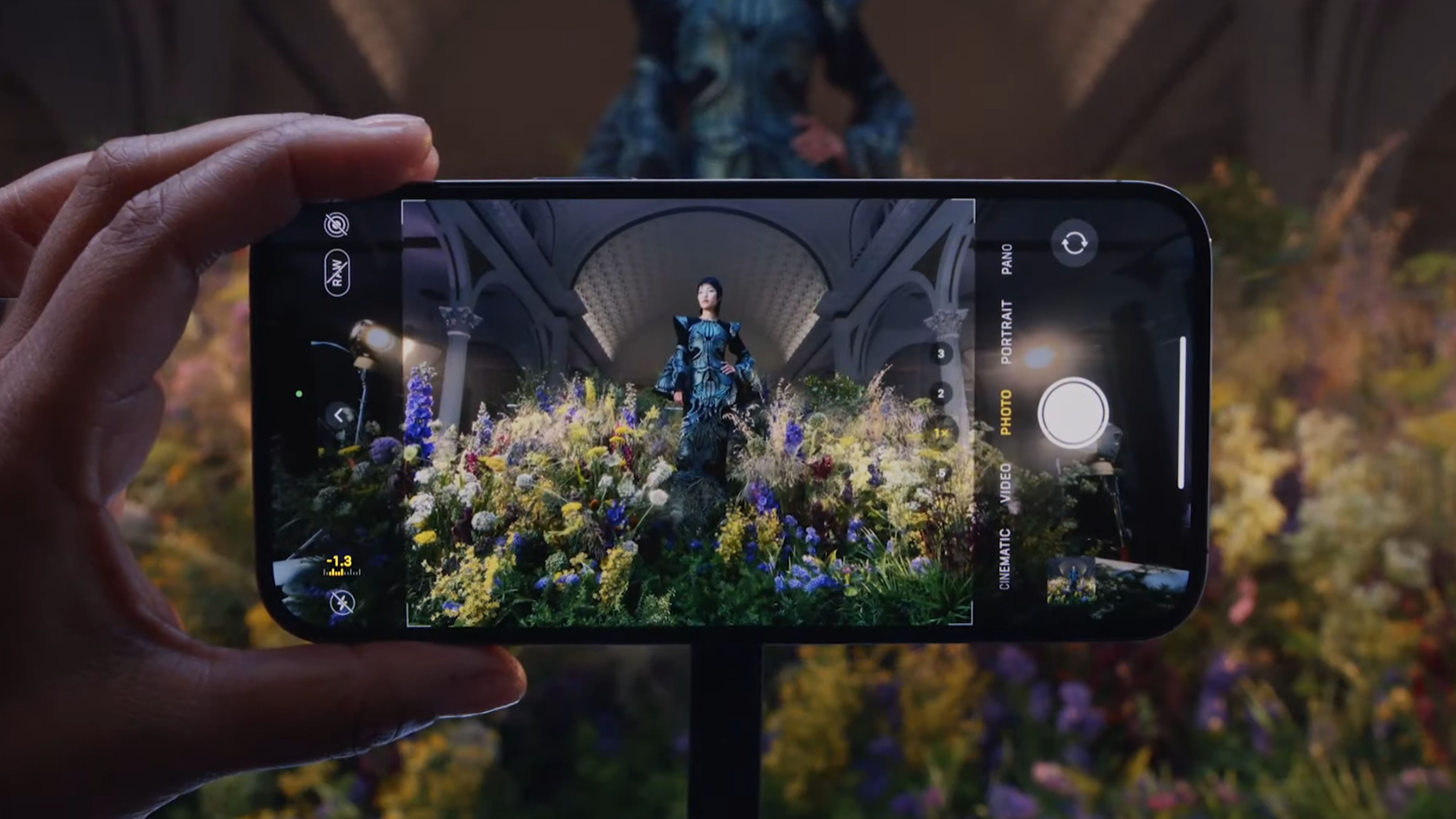
A new addition to the iPhone 14 Pro camera is the 2x Telephoto optical zoom range. Previously, on the iPhone 13 Pro, one of the biggest flaws with the Telephoto lens was that it only had a 3x zoom for things like Portrait mode. The iPhone 14 Pro camera brings back 2x optical zoom to the Telephoto lens, giving you more options for zooming and framing your images, including Portraits.
Once again, this is the quad-pixel sensor at work. So with iPhone 14 Pro, you now have 0.5x (Ultra Wide), 1x (Main), 2x (Telephoto), and 3x (Telephoto) zoom range. The new Telephoto lens uses 12MP of the quad-pixel sensor to get full-resolution images and 4K video, all without inferior digital zoom.
Master your iPhone in minutes
iMore offers spot-on advice and guidance from our team of experts, with decades of Apple device experience to lean on. Learn more with iMore!
Better low light capture across all lenses thanks to Photonic Engine
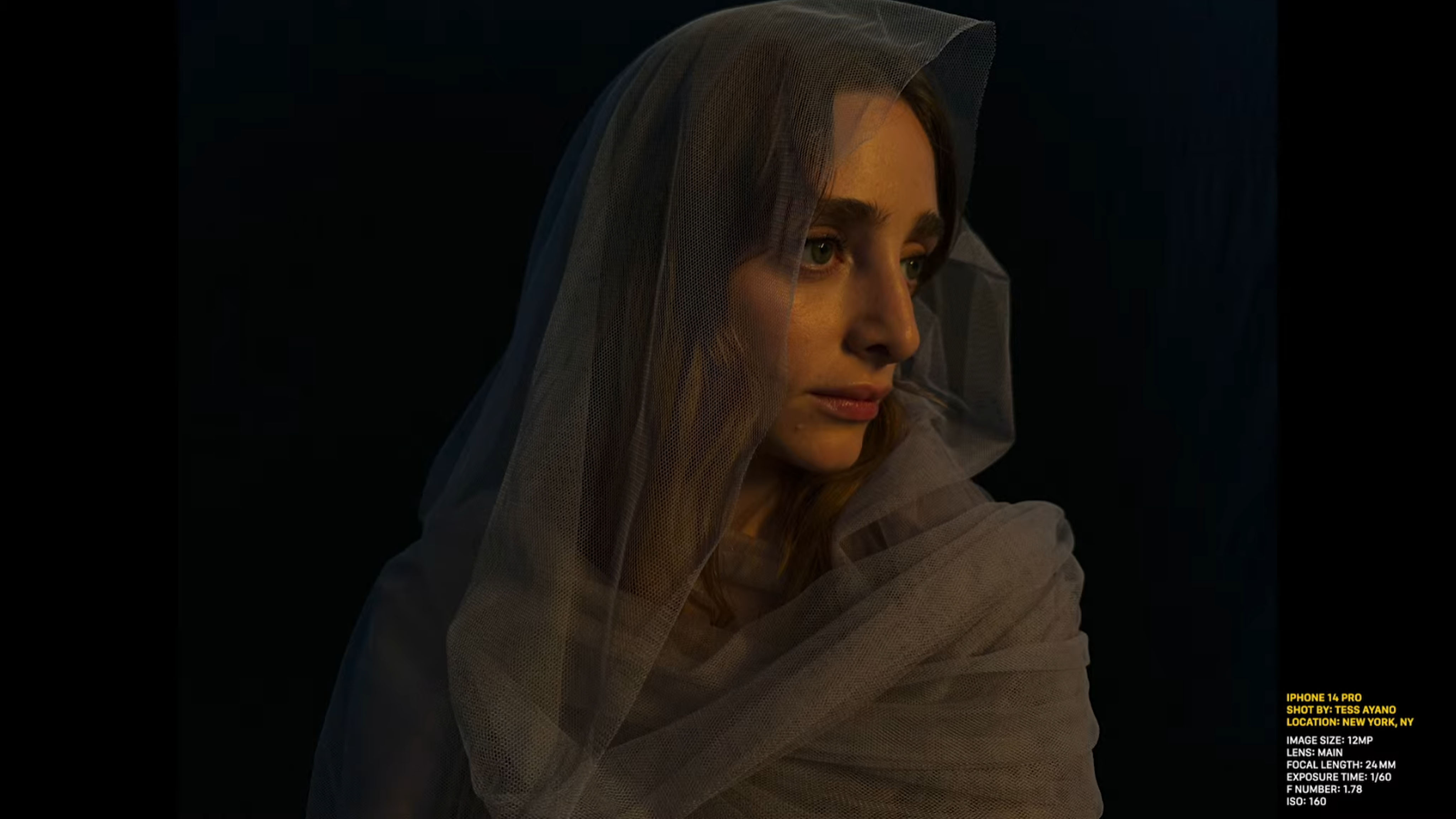
Ever since the iPhone 11 series introduced Night mode for low light photo capture, Apple has been improving the camera system for low light photography. The iPhone 14 Pro was no different, with big improvements across all of the cameras, not just the main. iPhone 14 Pro delivers 3x better low-light images with the Ultra Wide lens, 2x better on the Main camera, and 2x better with the Telephoto lens. Previously, improvements to low light capture and Night mode were mainly on the Main camera, so Apple really took it up a notch with the new iPhone 14 Pro.
Apple has added the Photonic Engine in the iOS 16 software, which is a brand new image pipeline process.
The biggest reason for these improvements is the overall larger sensors. With a larger sensor and aperture, more light is captured. Apple added the Photonic Engine to its iOS 16 software, a brand-new image pipeline process. The Photonic Engine lets Deep Fusion, first introduced with the iPhone 11, happen earlier in the processing step on uncompressed images. Deep Fusion is when the lens and sensors capture multiple scene exposures and merge the best pixels into one photo. The new and improved process in the Photonic Engine means more data is preserved, even with less light.
Even the flash got an upgrade with the iPhone 14 Pro. It's an Adaptive True Tone flash, which means the pattern and intensity of the nine LEDs automatically adjust based on the focal length of the photo you’re taking. This results in the most optimal light for your subject. Apple says the new Adaptive True Tone flash is 2x bright on Telephoto images, and there is 3x better uniformity with Ultra Wide photos.
Video recording is vastly improved, as well as selfies
Cinematic mode was introduced with the iPhone 13 series. It's a mode of shooting video with a shallow depth of field and the focus point can automatically adjust itself based on the subjects in the frame. However, a limitation with the iPhone 13 was that Cinematic mode video topped out at 1080p at 30 fps resolution.
This changes with the iPhone 14 and iPhone 14 Pro. Cinematic mode can now be shot in 4K HDR at 24 fps, which is the film industry standard. So if you were planning on shooting an actual movie with your iPhone 14 Pro, you can do that. This also applies to editing other professional 4K footage at 24 or 30 fps, and yes, this includes editing the depth effect after capture.
The iPhone 14 Pro also has Action mode, which lets you capture smooth video without requiring a gimbal.
And lastly, though it’s not exclusive to just the Pro models, both the iPhone 14 and iPhone 14 Pro have a better TrueDepth front-facing selfie camera. It has a larger aperture for 2x better low-light photos, and we finally have autofocus on the selfie camera for the first time ever.
Apple upped its photography game with iPhone 14 Pro
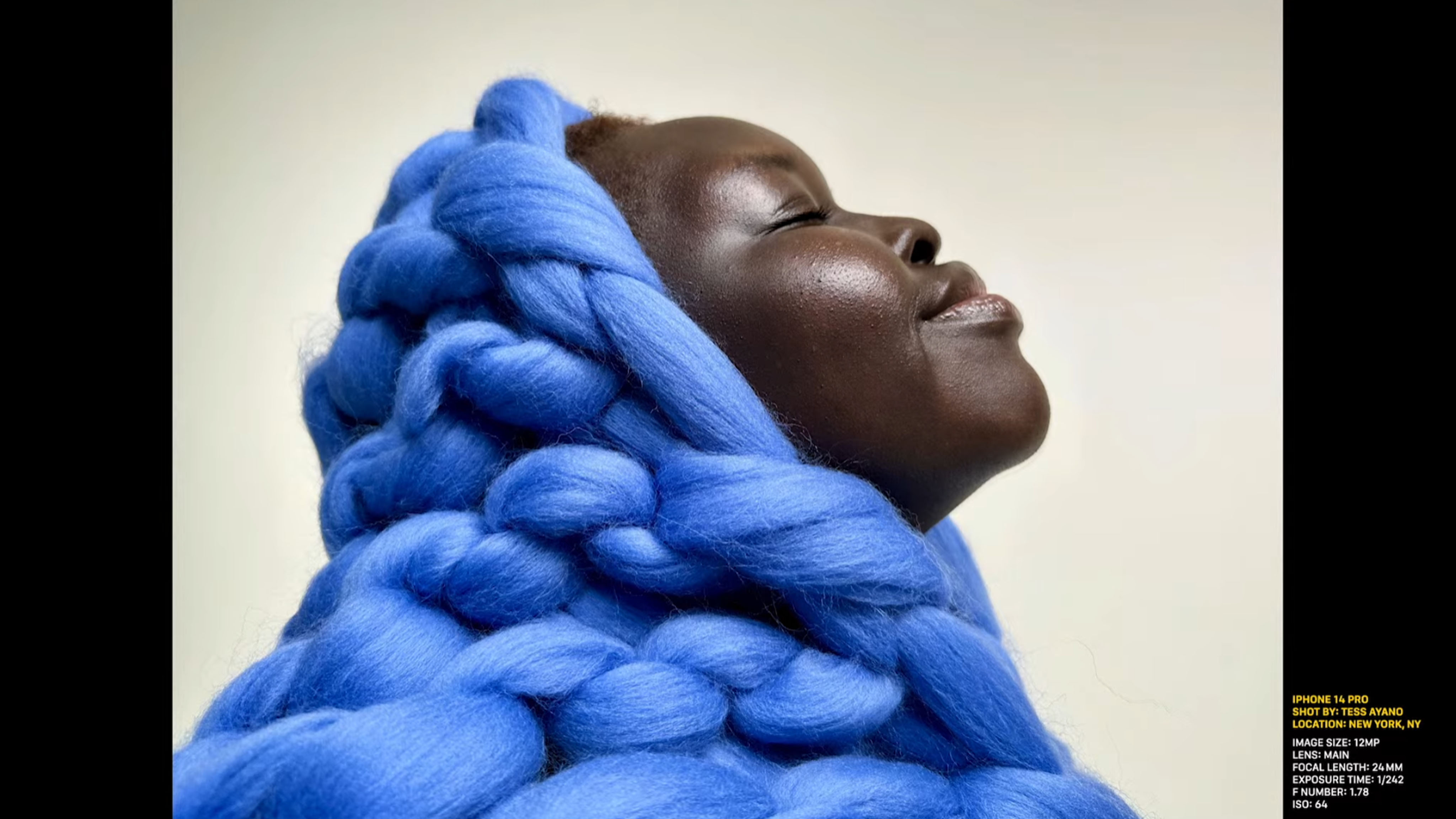
While some may argue that the iPhone will never be as good as a great DSLR, you know what they say — the best camera is the one that’s with you. And for a lot of us, the iPhone is our main camera, as it’s always on us and allows us to capture every spontaneous moment in our lives. And for most of us, that’s what matters.
Apple has been improving the iPhone camera every year, but the iPhone 14 Pro is probably the biggest leap yet.

Stephen Warwick has written about Apple for five years at iMore and previously elsewhere. He covers all of iMore's latest breaking news regarding all of Apple's products and services, both hardware and software. Stephen has interviewed industry experts in a range of fields including finance, litigation, security, and more. He also specializes in curating and reviewing audio hardware and has experience beyond journalism in sound engineering, production, and design. Before becoming a writer Stephen studied Ancient History at University and also worked at Apple for more than two years. Stephen is also a host on the iMore show, a weekly podcast recorded live that discusses the latest in breaking Apple news, as well as featuring fun trivia about all things Apple. Follow him on Twitter @stephenwarwick9
